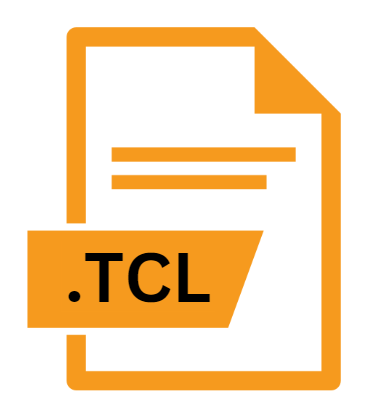.TCL File Extension

Tcl Script
| Developer | N/A |
| Popularity | |
| Category | Developer Files |
| Format | .TCL |
| Cross Platform | Update Soon |
What is an TCL file?
The .TCL file extension is primarily linked with Tcl scripts, which are plaintext files containing commands written in the Tcl programming language. Tcl, pronounced as “tickle,” is a dynamic scripting language known for its simplicity and versatility.
It was designed with the goal of providing a flexible and easy-to-use scripting environment for a wide range of applications, including rapid prototyping, automation, and system administration.
More Information.
The initial purpose of Tcl was to serve as a powerful yet straightforward scripting language for automating tasks and controlling software components.
Its design philosophy emphasized ease of use, interoperability, and rapid development. Tcl scripts, denoted by the .TCL file extension, contains sequences of commands that are interpreted and executed by a Tcl interpreter.
These scripts can perform a wide range of functions, including file manipulation, text processing, network communication, and graphical user interface (GUI) development.
Origin Of This File.
Tcl was created in the late 1980s by John Ousterhout, a professor of computer science at the University of California, Berkeley.
Ousterhout developed Tcl as a scripting language for the Tool Command Language (Tcl) project, which aimed to provide a unified framework for developing software tools and applications.
The language quickly gained popularity due to its simplicity, extensibility, and cross-platform compatibility.
File Structure Technical Specification.
.TCL files are plaintext files that contain Tcl commands and statements. The structure of a .TCL file typically consists of a series of commands separated by newline characters or semicolons.
Each command may include keywords, arguments, variables, and control structures such as loops and conditional statements.
How to Convert the File?
Converting .TCL files to other formats or languages may be necessary in certain situations, such as interoperability with other systems or integration with different software tools. Conversion methods may include:
- Manual Conversion: Rewrite the Tcl code in the desired language or format, taking into account any differences in syntax, semantics, and functionality.
- Automated Conversion Tools: Utilize specialized software tools or scripts designed to convert .TCL files to other formats automatically. These tools may vary in complexity and effectiveness depending on the specific requirements and constraints of the conversion process.
Advantages And Disadvantages.
Advantages:
- Simplicity: Tcl has a straightforward syntax and is easy to learn, making it accessible to beginners and experienced programmers alike.
- Versatility: Tcl can be used for a wide range of applications, from simple automation tasks to complex software development projects.
- Cross-platform Compatibility: Tcl scripts can run on various operating systems, including Windows, macOS, Linux, and Unix-like systems, without modification.
- Extensibility: Tcl is highly extensible, allowing developers to add custom commands and functionalities through extensions and libraries.
Disadvantages:
- Performance: Tcl may not be as fast or efficient as other scripting languages for certain types of tasks, particularly those involving intensive computation or large datasets.
- Limited Adoption: Despite its strengths, Tcl has not achieved the same level of widespread adoption as languages like Python or JavaScript, which may limit its availability of resources and community support.
- Graphical User Interface (GUI) Development: While Tcl provides built-in support for GUI development through the Tk toolkit, its graphical capabilities may be considered less advanced or modern compared to other frameworks and libraries.
How to Open TCL?
Open In Windows
- Command Line: Open Command Prompt and type
tclsh path/to/your/script.tclto execute the .TCL file. - Tclsh or Wish: Download and install ActiveTcl, which includes the Tclsh and Wish interpreters. Then, double-click the .TCL file to open and execute it.
- Integrated Development Environments (IDEs): Use an IDE like ActiveTcl Dev Kit or a text editor with Tcl support, such as Notepad++ with Tcl syntax highlighting.
Open In Linux
- Command Line: Launch a terminal and execute
tclsh path/to/your/script.tclto run the .TCL file. - Tclsh or Wish: Install Tcl/Tk from the package manager of your Linux distribution. Then, use
tclshorwishfollowed by the path to your .TCL file. - IDEs: Utilize IDEs like Geany, Emacs, or Vim with Tcl support for editing and executing .TCL scripts.
Open In MAC
- Terminal: Open Terminal and execute
tclsh path/to/your/script.tclto run the .TCL file. - Tclsh or Wish: Tcl/Tk is usually pre-installed on macOS. Use
tclshorwishfrom the Terminal followed by the path to your .TCL file. - IDEs: Consider using IDEs such as Atom, Sublime Text, or TextMate with Tcl support for editing .TCL files.













